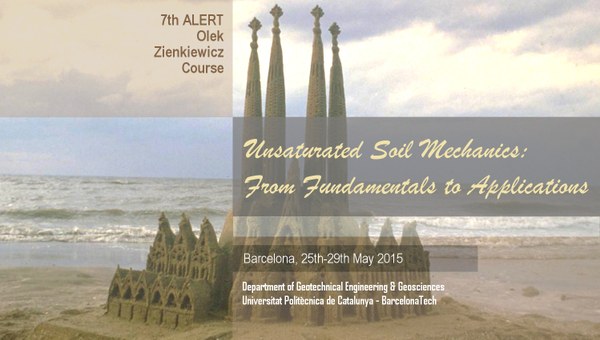Home

Since the time where unsaturated soils where considered as “special” or “problematic soils”, Unsaturated Soil Mechanics has experienced enormous developments that brings it at the center of soil response understanding.
On the theoretical side, the necessity to include a more complete description of soil-water potential, as well as to study material response for water partially filling pore families of different sizes, has strongly contributed to put forward the fundamental role played by microstructure in soil behaviour.
On the practical side, inclusion of environmental variables has allowed to address new engineering problems (engineered barriers, gassy soils, climate effect...) and to revisit old issues like the behaviour of compacted earth structures or the phenomenon of wetting induced collapse in slopes and foundations.
The emergence of numerical codes able to handle coupled multiphase flow - deformation problems in soils and rocks together with the development of laboratory tests and field measurement techniques of unsaturated variables have progressively provided engineers and researchers with tools to face real problems. As a consequence, the number of applications has increased significantly in the last decade while diversifying in their nature.
One important step in the historical development of the Unsaturated Soil Mechanics has been the formulation of the first elastoplastic model for unsaturated soils, presented in Géotechnique by Alonso, Gens & Josa (1990), and currently known as the Barcelona Basic Model.
The present course commemorates this work in its 25th anniversary.



Comparteix: